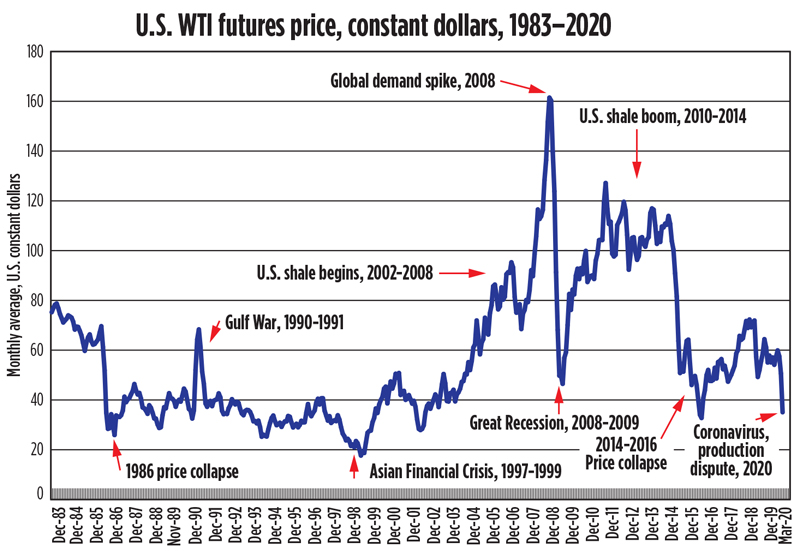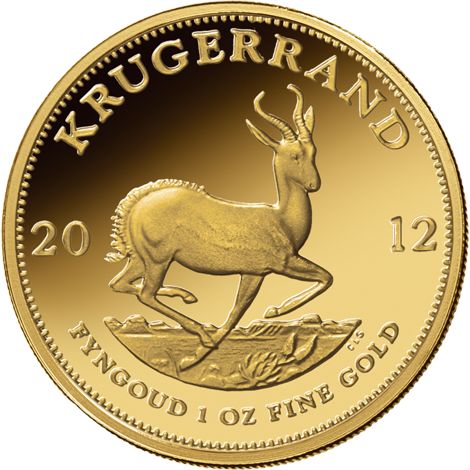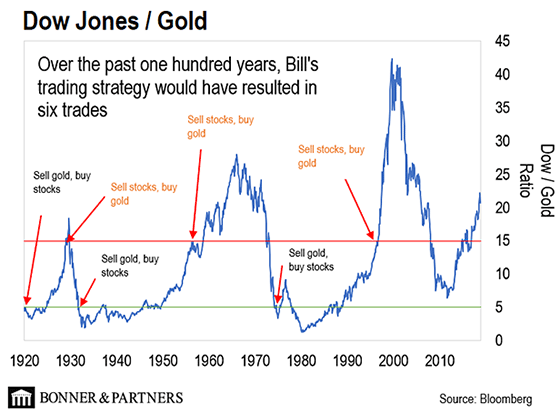The
Corona Hoax
Job ID HHS-CDC-D3-20-10640010Date posted 11/15/2019Location Dallas, Texas, El Paso, Texas, Houston, Texas, Seattle, Washington, Anchorage, Alaska, Los Angeles, California, San Diego, California, San Francisco, California, Miami, Florida, Atlanta, Georgia, Honolulu, Hawaii, Chicago, Illinois, Boston, Massachusetts, Detroit, Michigan, Minneapolis, Minnesota, Newark, New Jersey, New York, New York, Philadelphia, Pennsylvania, San Juan
Department: Department of Health And Human Services
Agency: Centers for Disease Control and Prevention
Job Announcement Number: HHS-CDC-D3-20-10640010
SALARY RANGE: $51440.0 to $93077.0/Per Year
OPEN PERIOD: 2019-11-15 to 2020-05-15
SERIES & GRADE: GS--9/11
The Johns Hopkins Center for Health Security in partnership with the World Economic Forum and the Bill and Melinda Gates Foundation hosted Event 201, a high-level pandemic exercise on October 18, 2019, in New York, NY. The exercise illustrated areas where public/private partnerships will be necessary during the response to a severe pandemic in order to diminish large-scale economic and societal consequences.
The CDC Immunization Safety Office is responsible for investigating the safety and effectiveness of all new vaccinations; once an investigation is considered complete, a recommendation is then made to the CDC’s Advisory Committee on Immunization Practices (ACIP) who then determines whether the new vaccine will be added to the current vaccination schedule. Members of the ACIP committee include physicians such as Dr. Paul Offit, who also serves as the chief of infectious diseases at the Children's Hospital of Philadelphia. Offit and other CDC members own numerous patents associated with vaccinations and regularly receive funding for their research work from the very same pharmaceutical companies who manufacturer vaccinations which are ultimately sold to the public. This situation creates an obvious conflict of interest, as members of the ACIP committee benefit financially every time a new vaccination is released to the market.
Members of the ACIP Committee Directly Influence Public Health
Each of the 12 members of the CDC's ACIP Committee has a significant influence on the health of nearly every member of the American population. Because they are responsible for adding to and/or altering the national vaccine schedule, it is of critical importance that they remain objective and unbiased before determining whether a new vaccination is appropriate for use, particularly in the bodies of vulnerable young children. Unfortunately, a significant number of ACIP committee members receive direct financial returns when more vaccinations are added to the current schedule.
Many own vaccination related patent(s) and/or stock shares of the pharmaceutical companies responsible for supplying new vaccines to the public. Others receive research grant money, funding for their academic departments, or payments for the oversight of vaccine safety trials.
As expected!
Is anyone working on a paper on the Corona scam? I saw these photos that allegedly are of intensive care unit Corona patients in a hospital in Cremona, Italy:
and
The CDC’s questionable estimates of annual flu hospitalizations and deaths align with its fear marketing strategy to increase demand for flu vaccines.
T
he US Centers for Disease Control and Prevention (CDC) claims that its recommendation that everyone aged six months and up should get an annual flu shot is firmly grounded in science. The mainstream media reinforce this characterization by misinforming the public about what the science says.
A
New York Times article from earlier this year, for example, in order
to persuade readers to follow the CDC’s recommendation, cited literature reviews of the prestigious Cochrane Collaboration to support its characterization of the influenza vaccine as both effective and safe. The
Times said the science showed that the vaccine represented “a big payoff in public health” and that harms from the vaccine were “almost nonexistent”.
What the Cochrane researchers actually concluded, however, was that their findings “seem to
discourage the utilization of vaccination against influenza in healthy adults as a routine public health measure” (emphasis added). Furthermore, given the known serious harms associated with specific flu vaccines and the CDC’s recommendation that infants as young as six months get a flu shot despite an alarming
lack of safety studies for children under two, “large-scale studies assessing important outcomes, and directly comparing vaccine types are urgently required.” The CDC also recommends the vaccine for pregnant women despite the total absence of randomized controlled trials assessing the safety of this practice for both expectant mother and unborn child. (This is all the more concerning given that multi-dose vials of the inactivated influenza vaccine contain contain the preservative Thimerosal, which is half ethylmercury by weight. Ethylmercury is
a known neurotoxin that
can cross the blood-brain barrier and accumulate in the brain. It can also cross the placental barrier and enter the brain of the developing fetus.)
The Cochrane researchers also found “no evidence” to support the CDC’s assumptions that the vaccine reduces transmission of the virus or the risk of potentially deadly complications—the two primary justifications claimed by the CDC to support its recommendation.
It is clear that the CDC does not see its mission as being to educate the public in order to be able to make an informed choice about vaccination. After all, that would be incompatible with its view that growing health literacy is a threat to its mission and an obstacle to be overcome.
On the other hand, a misinformed populace aligns perfectly with the CDC’s stated goal of using fear marketing to generate more demand for the pharmaceutical industry’s influenza vaccine products.
DYI: The article above is lengthy
but if there ever was a time for the long version it is now. Well worth the effort!
A statistical analysis of China’s coronavirus casualty data shows a near-perfect prediction model that data analysts say isn’t likely to naturally occur, casting doubt over the reliability of the numbers being reported to the World Health Organization. That’s aside from news on Thursday that health officials in the epicenter of the outbreak reported a surge in new infections after changing how they diagnose the illness.
In terms of the virus data, the number of cumulative deaths reported is described by a simple mathematical formula to a very high accuracy, according to a quantitative-finance specialist who ran a regression of the data for Barron’s. A near-perfect 99.99% of variance is explained by the equation, this person said.
Put in an investing context, that variance, or so-called r-squared value, would mean that an investor could predict tomorrow’s stock price with almost perfect accuracy. In this case, the high r-squared means there is essentially zero unexpected variability in reported cases day after day.
Real human data are never perfectly predictive when it comes to something like an epidemic, Goodman says, since there are countless ways that a person could come into contact with the virus.
For context, Goodman says a “really good” r-squared, in terms of public health data, would be a 0.7. “Anything like 0.99,” she said, “would make me think that someone is simulating data. It would mean you already know what is going to happen.”
Guest Writer takes on
the Corona Hoax
DYI




